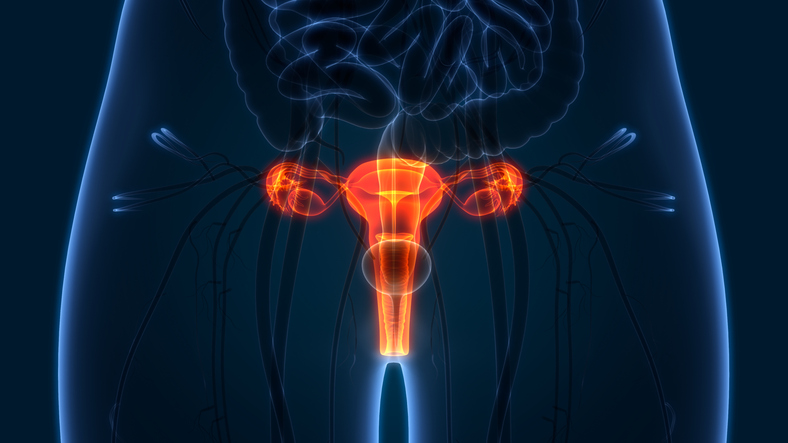
By 2066, Australia expects to effectively eradicate cervical cancer, a new report reveals.
The nation believes is on track to see fewer than six new cervical cancer cases per 100,000 women by 2020, fewer than four by 2028, and fewer than one by 2066.
“If high-coverage vaccination and screening is maintained, at an elimination threshold of four new cases per 100 000 women annually, cervical cancer could be considered to be eliminated as a public health problem in Australia within the next 20 years,” the report states. “However, screening and vaccination initiatives would need to be maintained thereafter to maintain very low cervical cancer incidence and mortality rates.”
Could #Australia become the first country to eliminate #cervicalcancer within the next 20 years if high-coverage #HPV vaccination and screening is maintained? New modelling study @TheLancetPH #IPVC2018 https://t.co/uNpzYLxkJQ pic.twitter.com/eQYfgVNsaP
— The Lancet (@TheLancet) October 3, 2018
The special report was published in The Lancet Public Health.
Since Australia rolled out its National HPV Vaccination Program in 2007, over 9 million girls and young women have been vaccinated. According to Cancer Council Australia, the vaccine has been responsible for a 77% decrease in strains of HPV that cause nearly three-quarters of cervical cancer. High-grade cervical abnormalities in Victorian girls < 18 years old have been nearly halved, and there has been a 90% reduction in genital warts among heterosexual men and women < 21 years old.
"We cannot eliminate #CervicalCancer without commitment at the highest levels. We have all the tools we need to consign cervical #cancer to the history books:
Vaccination.
Screening.
Treatment.
Palliative care.
The challenge is to scale-up around the world"–@DrTedros #UNGA pic.twitter.com/JAKwuGSWiQ— World Health Organization (WHO) (@WHO) September 24, 2018
Since younger girls and women are being vaccinated, screenings will likely not be necessary among this group, the authors note.
“Because the current cervical screening programme in Australia, which offers HPV testing every 5 years to women aged 25–69 years and exit testing to women aged 70–74 years, is unlikely to be cost-effective for women who have received the nonavalent HPV vaccine as girls, we considered the effects of ceasing cervical screening in these cohorts; an age-standardised annual incidence of fewer than four cases per 100 000 women was still achieved and maintained in this scenario. Screening would continue to be required for older cohorts,” they wrote.
https://twitter.com/ciarakellydoc/status/1045792594012381184
Australia’s findings could have implications for other nations, according to Karen Canfell, director of Cancer Research and Cancer Council NSW, which led the study.
“Australia is on track to become the first country to eliminate cervical cancer,” said Canfell. “I think this shows the way forward for other countries.”
Trichomonas vaginalis infection-associated risk of cervical cancer: A meta-analysis
USPSTF Updates Cervical Cancer Screening Guidelines
Pap tests in the diagnosis of cervical cancer: Help or hinder?
Sources: The Lancet Public Health, The New York Times, Cancer Council Australia







 © 2025 Mashup Media, LLC, a Formedics Property. All Rights Reserved.
© 2025 Mashup Media, LLC, a Formedics Property. All Rights Reserved.